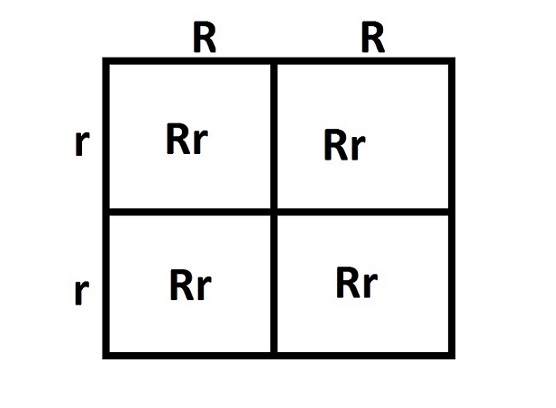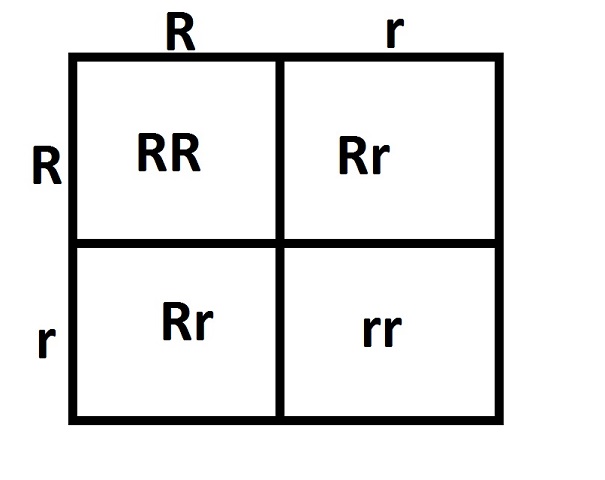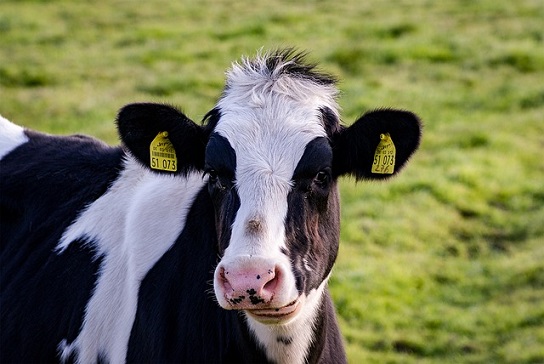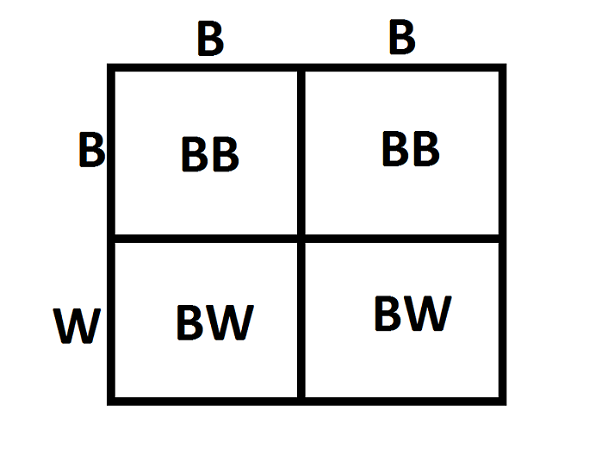
Are you studying genetics but don’t understand the codominance vs. incomplete dominance differences? What’s the difference between incomplete dominance and codominance? Why is it important to know?
In this guide, we explain what incomplete dominance and codominance are, as well as how they’re different, using real-world examples to make these terms clear and easy to understand.
What Is Incomplete Dominance? What Is Codominance?
What is the difference between codominance and incomplete dominance? Before we get into comparing them, let’s first explain what incomplete dominance and codominance are. They are both important terms to know when studying genetics and inheritance patterns.
Incomplete dominance and codominance are both types of inheritance where one allele (a form of a gene) isn’t completely dominant over the other allele. This results in a new phenotype (the physical characteristics of an individual).
Incomplete Dominance

Incomplete dominance is when there is a blending of the two alleles that results in a third phenotype that doesn’t look like either of the parents. The classic example is when a white flower and red flower are crossed. With incomplete dominance, all their offspring would be solid pink flowers, a completely new phenotype. You don’t see either of the parent phenotypes (i.e. white or red) in the offspring.
Two common examples of incomplete dominance are height and hair color. Offspring will likely not have the exact same height or hair color as one of their parents but will often have a blend between the two parent’s phenotypes.
Codominance

In codominance, both alleles are expressed together in the offspring. If we cross a red flower and white flower that have a codominance inheritance pattern, the offspring would be flowers with red and white patches on them. Unlike incomplete dominance, where the two parent phenotypes are blended together into a new phenotype, in codominance, both parent phenotypes show up together on the offspring.
The most common example of codominance is the AB blood type. If a person with A type blood and a person with B type blood have a child, that child could have type AB blood where both phenotypes are fully expressed.
Examples of Incomplete Dominance and Codominance
When comparing codominance vs. incomplete dominance, it can be useful to see visuals of how they pass their genes onto their offspring. Below are three Punnett squares, two for incomplete dominance and one for codominance.
Incomplete Dominance
In the Punnett square below we are crossing a pure red flower (RR) with a pure white flower (rr). Under incomplete dominance, all of their offspring would be pink (Rr).
Under the complete dominance type of inheritance (the type of inheritance you probably first studied when learning about genetics), all the offspring would be red flowers, since the red allele would be completely dominant over the white allele. However, as mentioned above, with incomplete dominance, the two parent phenotypes are blended together in the offspring.

What happens when you cross two pink (Rr) flowers? Half the offspring would be pink (Rr), a quarter would be red (RR), and a quarter would be white (rr) as you can see in the Punnett square below.

When the two alleles are the same, either RR or rr, incomplete dominance doesn’t matter since there is no blending of different alleles. It’s only when an individual has two different alleles (like Rr) that incomplete dominance comes into play.
Codominance

For our codominance example, let’s say we’re crossing cows that have codominance inheritance rules for their coat color. Cows with the genotype BB are completely black, those with the genotype WW are completely white, and when they are crossed, cows with the genotype BW have black and white spots across their body. (When doing a cross that follows codominance inheritance patterns, all capital letters are usually used to represent the alleles to show no allele is dominant over the other.)
By now, you can probably tell that if you were to cross a pure black cow with a pure white one, all the offspring would have black and white spots since they’d all have the BW genotype.
Below is a Punnett square showing what happens when you cross a pure black cow (BB) with a black and white spotted cow (BW).

From the Punnett square, you can see that half of the offspring will be pure black, and the other half will have black and white spots.
Summary: What Is the Difference Between Incomplete Dominance and Codominance?
Incomplete dominance and codominance are two types of genetic inheritance, and while both are variants on the standard dominant/recessive traits, it’s important to know the difference between incomplete dominance and codominance.
Incomplete dominance is when the phenotypes of the two parents blend together to create a new phenotype for their offspring. An example is a white flower and a red flower producing pink flowers. Codominance is when the two parent phenotypes are expressed together in the offspring. An example is a white flower and a red flower producing offspring with red and white patches.
Being able to explain the difference between incomplete dominance and codominance will help you understand different inheritance patterns and be able to answer genetics questions (especially = incomplete dominance vs. codominance questions) much more easily.
What's Next?
Interested in finding out more about genetics and molecular biology? We have articles that go over nucleotides, the building blocks of DNA, as well as explanations of how mitosis works and how it differs from meiosis.
Fine with the big concepts of cellular biology but need help with memorizing what different structures are and do? Start with an overview of animal cells, then drill down to learn the nitty gritty of cell vacuoles, the cell membrane, and the endoplasmic reticulum.
Need help with other biology concepts? We break down topics like the meaning of commensalism and the difference between homologous and analogous structures.










